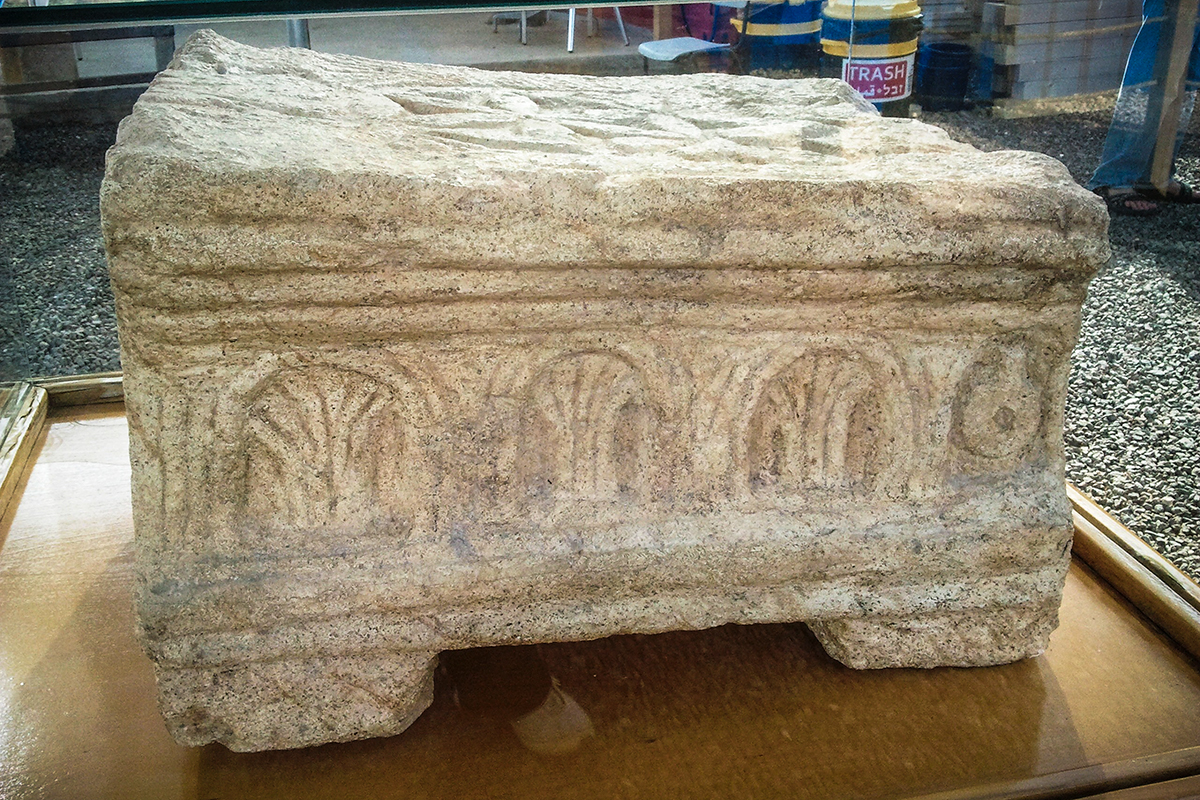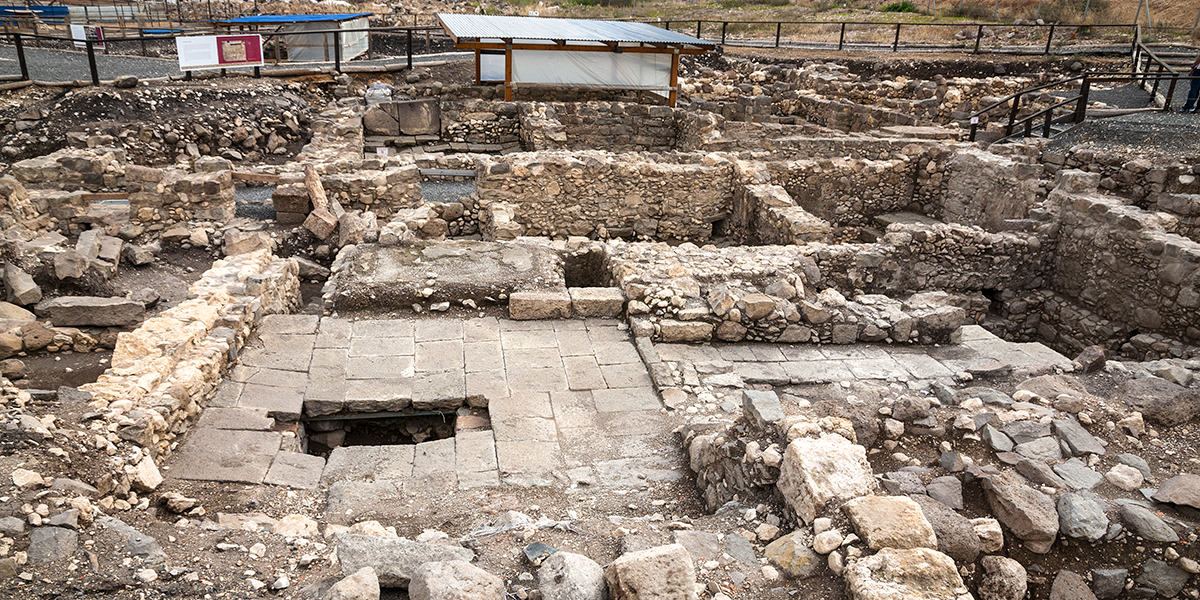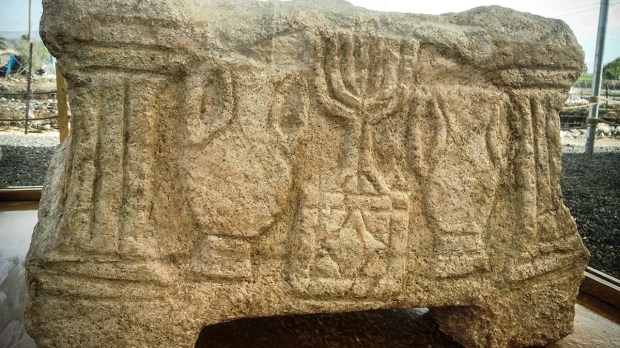About a year ago, archaeologists announced the discovery of what was called the “Magdala Stone”: a stone bench that was part of a first century synagogue, one of the only seven that existed during the Second Temple period, and the first one ever found in Galilee. Considering some local coins dated from the year 29 were also found in that very same synagogue, it is likely that Jesus might have walked in and taught there as part of his ministry. As Zoe Romanowsky explained in this article, the synagogue in which the Magdala Stone was found was active until the year 67, and surely some of Jesus’ disciples might have used it in the early 1st century.

The Magdala Stone will be visiting Europe this year from May 15 to July 23 as part of an exhibition the Jewish Museum of Rome co-sponsored by the Vatican. The stone is decorated with carvings that depict the oldest menorah found to date and the only merkabah (a Jewish mystical symbol also known as the throne-chariot or chariot of fire) found in Israeli archaeology, Romanowsky explains.

More recently, four ritual baths (mikvot) were also discovered in Magdala, thanks to the efforts of the Magdala Archaeological Project and the Anahuac University of Mexico. As explained by Biblical Archaeology, the presence of both the eight synagogues of Magdala, plus the Magdala Stone, and now these four ritual baths, help us now understand Magdala was indeed a bustling Jewish city with an active religious life, and not only (as thought of until recently) just an important commercial center of the western coast of the Sea of Galilee, better known for its active fresh and salted fish trade.
If you want to know more about these recent excavations, you can read Marcela Zapata-Meza and Rosaura Sanz-Rincón’s article “Excavating Mary Magdalene’s Hometown,” as recommended by Biblical Archaeology and published in the May/June 2017 issue of Biblical Archaeology Review.

